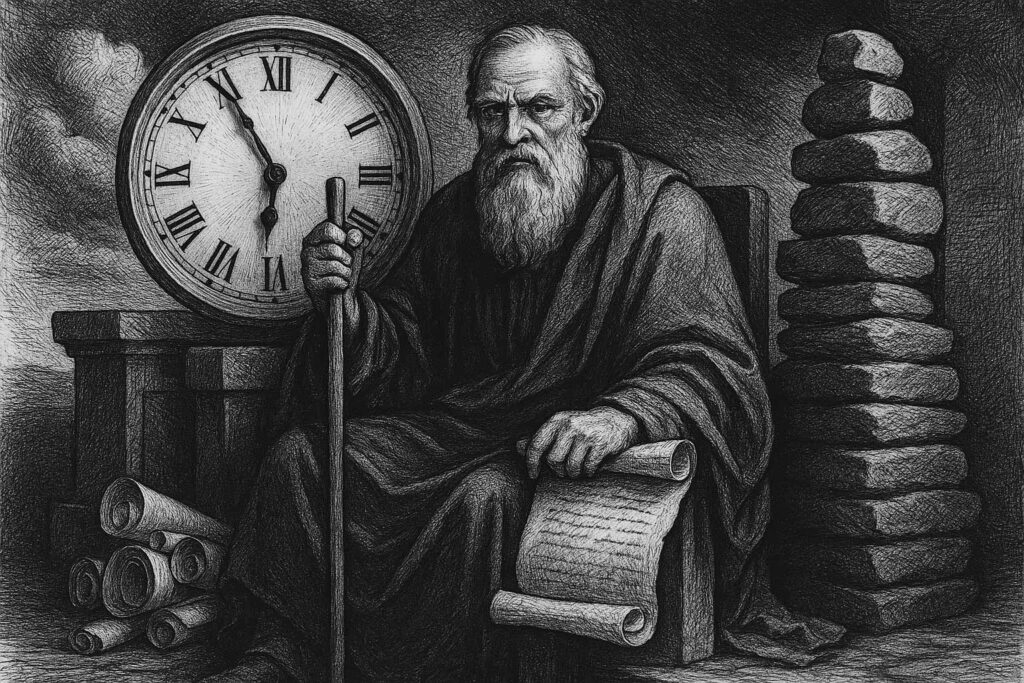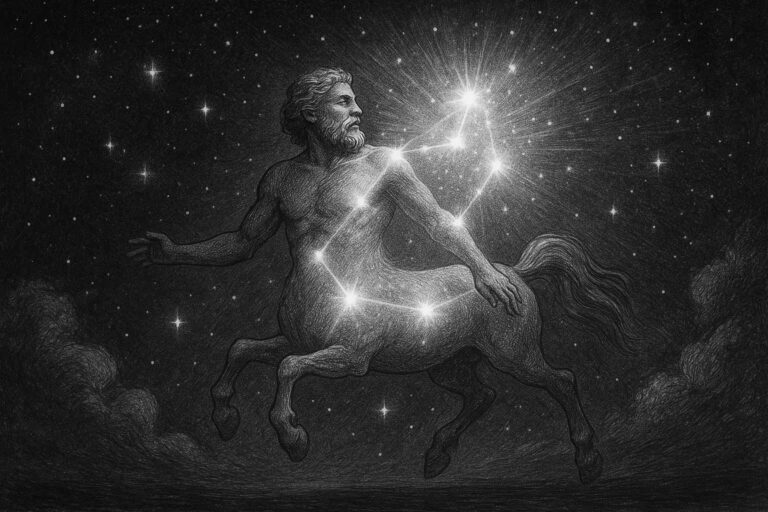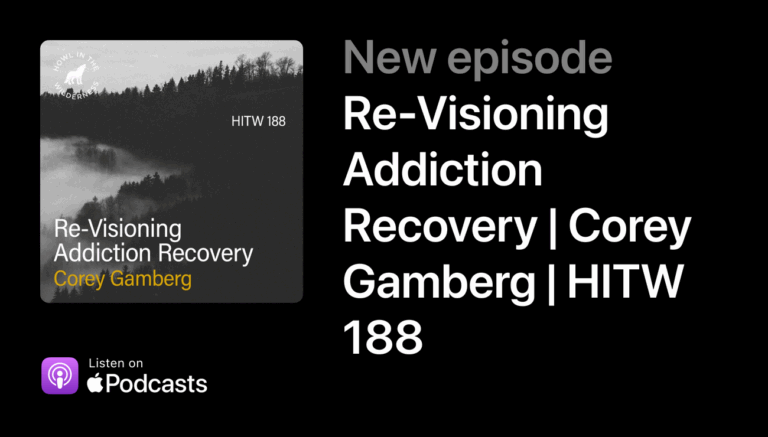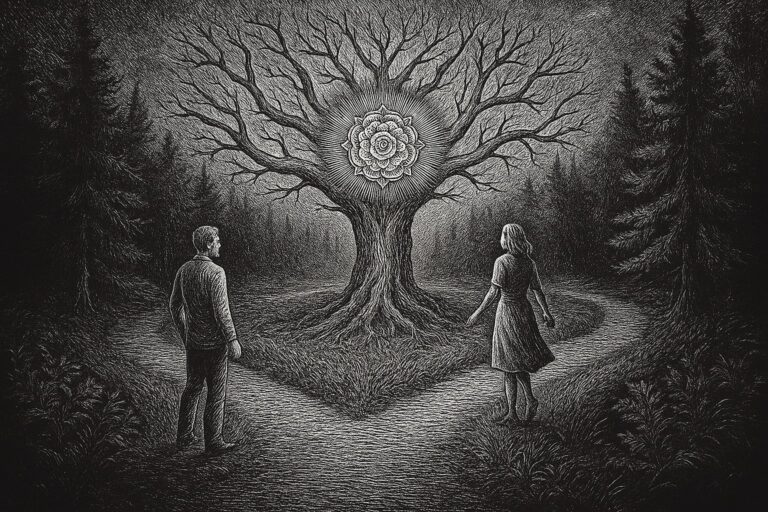For most of those who suffer from the phenomenon of addiction, there is a familiar refrain: “I can’t imagine life ever getting better,” or, “I can’t imagine my life without substances.” What is striking in these words is not only the sense of powerlessness or entrapment, but the deeper fact that one cannot imagine.
Imagination, as Jung taught, is the psyche’s primary activity; Hillman takes it furtherstating, “The soul wants images, thrives in images. Without imagination, psychology loses its soul.” Addiction then might be understood as the collapse of the imaginal faculty, a suffocation of the soul’s breath…
When one first enters recovery, something subtle but profound begins. In the holding environment of collective recovery with its community, sponsorship, program, and abstinence, the psyche is given space to breathe again. The imagination returns. What could not be imagined now becomes visible; a life sober, a future possible, new connections, and meaning where before there was only despair. Recovery begins not simply with abstinence, but with the reawakening of imagination.
This awakening sets the person on fire. The image of a new life is no longer just a fantasy; it takes form. They embody it, share it, and inspire others. New friendships and opportunities arrive, unforeseen but already alive in the imaginal ground. They step into what Hillman would call a new perspective on life, a different way of “seeing-through” existence. Recovery becomes soul-making through images.
And yet, after a time, a familiar experience rears its head. The once vivid images are now realized, embodied, routine. What was once new has become structure. Here the Senex archetype begins to dominate. The Senex, wise old man, custodian of law and order offers stability and protection, but in its shadow it grows rigid, overly literal, and suspicious of novelty. In collective recovery, this can look like endless repetition, strict adherence to form, or the reduction of recovery to counting days.
The Senex can become a skillful sponsor or guide, helping others with remarkable consistency, but often at the cost of joy, compassion, and freshness. Endless repetition may turn the heart cold. The Senex without imagination becomes a custodian of survival rather than a midwife of soul…
At this point, the Puer archetype stirs, the divine youth, child of possibility, winged and unbounded. The Puer longs for renewal, for spontaneity, for fresh images. In post-recovery, this often shows as a restless hunger for new ways of imagining life beyond the limits of collective recovery. Yet those who respond to this stirring often find themselves shunned, or viewed with suspicion by others still loyal to the Senex order. To question the form, to imagine anew, is too often mistaken as betrayal. The Puer’s longing can be misinterpreted as arrogance, delusion, or danger. And yet, this movement is the psyche’s demand to breathe again. Without it, recovery suffocates.
The task at hand then, is not to choose between Senex and Puer, but to hold them in tension. Depth Recovery arises at this meeting place. From the Senex we inherit wisdom, structure, and the slow patience of time; from the Puer we draw vitality, imagination, and the pursuit of possibility. Depth Recovery integrates the two, teaching us to live recovery not as the fulfillment of one set of images, nor as endless flight into new ones, but as the continual work of re-imagining.
Recovery lives when the imagination breathes, and it becomes stagnate when the imagination is denied…




